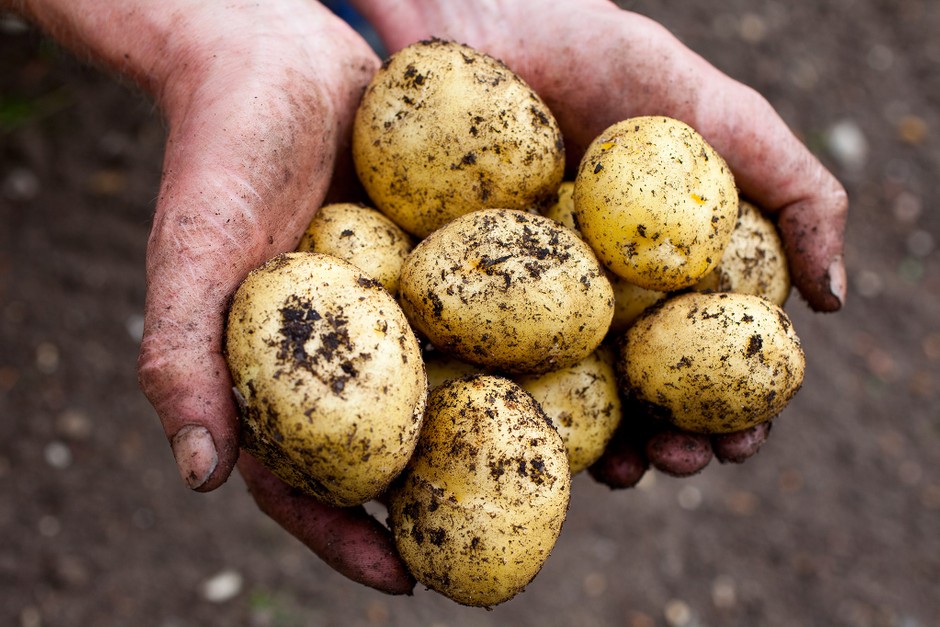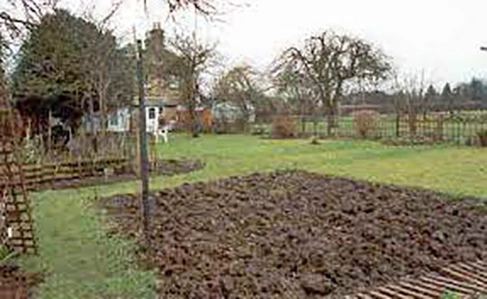In January, you can focus on tasks such as pruning shrubs and trees, cleaning up debris from the garden, and planning for the upcoming growing season. If the weather is mild, you may be able to begin preparing beds for planting. Additionally, you can also check on any perennial plants that may have been damaged over the winter, and divide or transplant them if necessary. It’s also good time to order any seeds or plants you would like to have for the upcoming growing season.
Pruning Shrubs and Trees
The best way to prune shrubs and trees in January depends on the specific plant and its growth habits. In general, however, here are some guidelines for pruning shrubs and trees in January:
-
-
-
-
-
- Start by removing any dead, diseased, or damaged wood. This will help to prevent the spread of disease and pests throughout the plant.
-
-
-
-
-
- Next, prune back any overgrown or unruly branches to shape the plant and encourage new growth.
-
-
-
-
-
- For shrubs, focus on thinning out the interior of the plant to increase air circulation and light penetration. This can be done by removing some of the older, woodier branches.
-
-
-
-
-
- For trees, be sure to make proper cuts when removing branches to avoid tearing the bark or leaving stubs.
-
-
-
-
-
- Be aware of the blooming time of the shrubs and trees, if the shrubs or trees you are going to prune will bloom in the spring, it’s better to wait until after they have bloomed to prune them.
-
-
-
-
-
- Make sure to use the proper tools for pruning, such as sharp, clean pruning shears or a saw for larger branches.
It’s important to note that some shrubs and trees may require specific pruning techniques, so it’s always best to research the specific needs of your plants before pruning.
Preparing Beds For Planting
Here are some steps you can take to prepare beds for planting in January in time for spring:
-
-
-
-
-
- Start by removing any debris from the beds, such as leaves, twigs, and dead plants. This will help to prevent pests and diseases from overwintering in the garden.
-
-
-
-
-
- If the soil is dry and crumbly, add compost or well-rotted manure to improve its structure and fertility.
-
-
-
-
-
- Use a fork or tiller to turn over the soil, breaking up any clumps and incorporating the organic matter.
-
-
-
-
-
- Test the pH of the soil and adjust it as needed. Most plants prefer a pH between 6.0 and 7.0.
-
-
-
-
-
- Rake the beds smooth and level, removing any large rocks or debris that may impede the growth of your plants.
-
-
-
-
-
- If weather permits, you could also cover the beds with black plastic or straw to warm up the soil and kill off any weed seeds or pests.
-
-
-
-
-
- If the soil is still too wet or cold to work with, you can also wait until later in the season when the soil is dryer and warmer.
-
-
-
-
-
- Finally, mark the beds with a layout of the plants to be planted, this will help you visualize the final look of the garden and make adjustments if necessary.
It’s important to note that these are general guidelines. Research the specific needs of the plants you are planning to grow before preparing the beds. If you have any question regarding this subject, we are more than happy to answer them.
Happy Gardening from Rainbow Garden Nurseries



